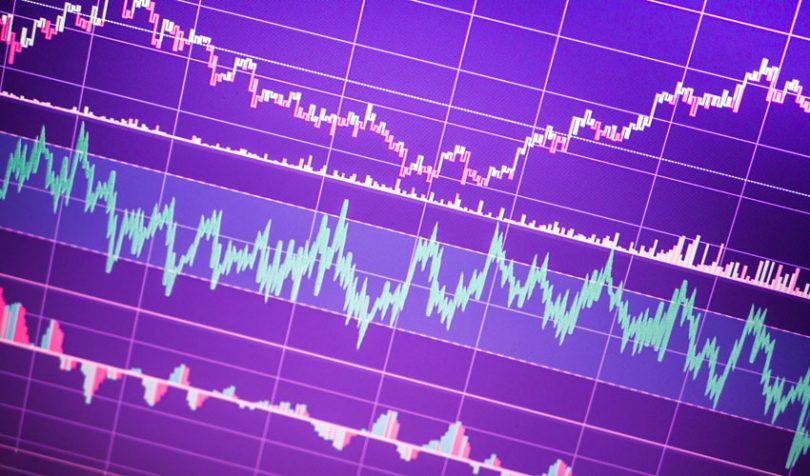Yesterday the European Securities and Markets Authority (ESMA) announced there is no need for new regulatory technical standards (RTS) before the start of the EU’s DLT Pilot regime in March 2023. The Pilot regime aims to reduce the regulatory burden to enable blockchain-based securities trading and settlement to be trialed at scale and provide legal certainty. It is open to both incumbents and newcomers.
Tokenized stocks, bonds and funds (UCITS) fall within the DLT Pilot regime and have monetary limits. For example, a maximum of €9 billion can be traded or settled on a platform, and funds and bonds are for smaller market capitalizations of up to €500 million for stocks and UCITS and €1 billion for bonds.
One of ESMA’s responsibilities under the Pilot regime legislation is to assess the need for new RTS provisions, so it held a consultation and conducted a workshop.
The accompanying 64-page report starts to hint at where clarification or new standards might be needed, and laws may need to change.
One of the gray areas identified is over the counter (OTC) trading, particularly given that a major part of the legislation targets exchanges or multilateral trading facilities (MFTs). When an exchange hits the pilot limit of €9 billion, some expect additional transactions to be executed bilaterally. On the other hand, others wanted clarification about whether OTC trading is permitted within the DLT Pilot regime. ESMA said it would develop further guidance if necessary.
How tokenized securities are different
There are several areas where tokenized securities throw up differences. In some cases, it relates to technology and in others, it’s about direct access.
Current regulations don’t envisage liquidity pools. With automated market making protocols, people make assets available in liquidity pools, and an algorithm determines the price. “While on-chain liquidity pools offer significant pre-trade transparency, a system without bids and offers is not foreseen in RTS 1 and 2,” says the ESMA report.
The immutability of blockchains throws up issues such as the ability to cancel or modify trades. In all cases, there would need to be a new blockchain transaction. In turn, that raises the question of who pays the gas fees for the corrections. If the error is down to the trading or post-trade platform, ESMA believes they should pay the fees.
One of the big bugbears of conventional trading is the need for reporting to regulators. ESMA originally envisaged that this could be waved if regulators are provided access to the blockchain’s data.
Existing legislation assumes exchanges only deal with intermediaries, not with natural persons. The DLT Pilot regime specifically waves the requirement for this intermediary role. Hence the national identity number of individuals will be recorded.
However, that personal data won’t be recorded on the blockchain. The data that needs to be reported to regulators is covered by RTS 22.
“ESMA understands that a blockchain cannot be considered a database. For this reason, ESMA believes that most DLT MTFs will store limited transaction data in the block where the transaction is executed, while the remaining RTS 22 fields will be attached to the transaction as payload or meta-data. The payload or meta-data will be stored off-chain and linked to the on-chain transaction.”
Even though regulators may access nodes on the blockchains, a key challenge for them is to monitor different types of DLTs. Hence they raised questions about interoperability. Suggestions include establishing standards, APIs, automated workflows and sticking to ISO 20022 and FIX protocol for DLT.
Meanwhile, ESMA also conducted a consultation on the application process for the DLT Pilot regime. And Denmark’s regulator recently started the ball rolling and announced its first sandbox entrant for security tokens.







